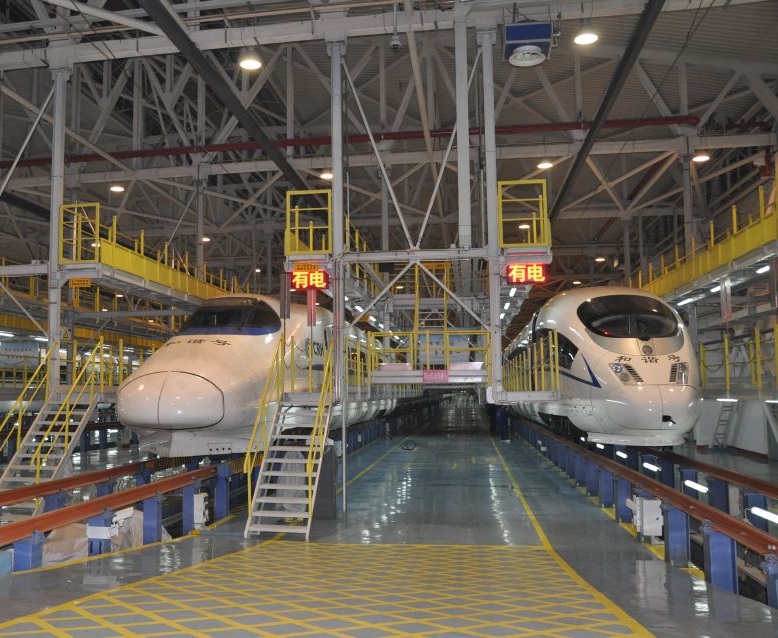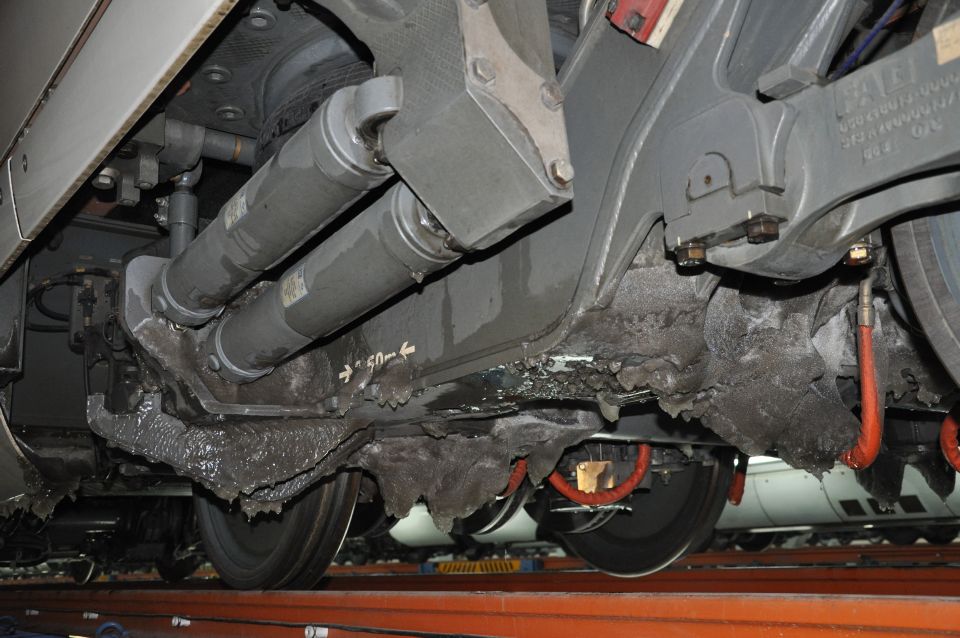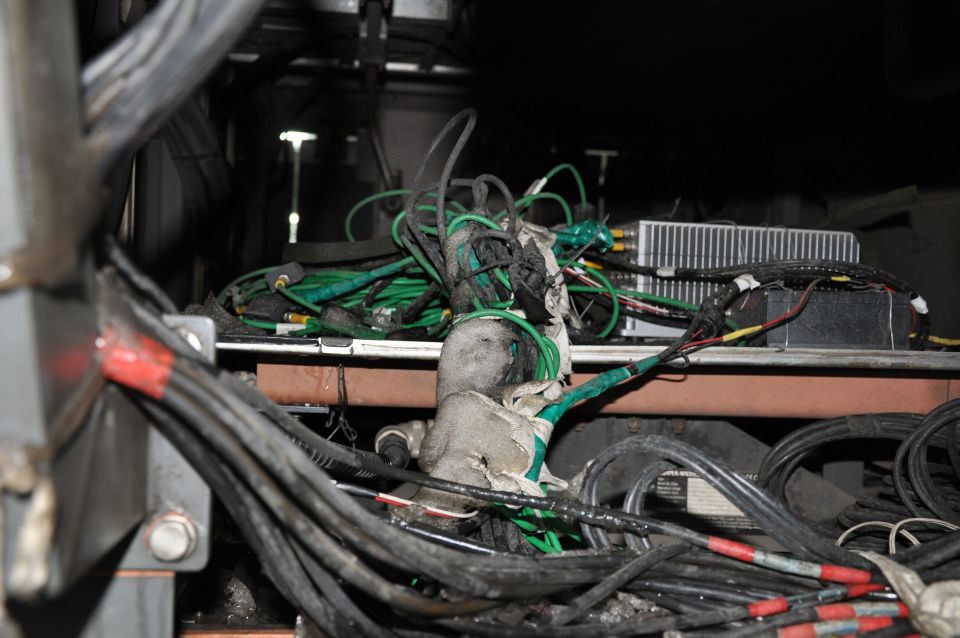The HBM equipment selected comprised the SoMat eDAQ combined with a SoMat eDAQ Vehicle Network Communications Layer (ECOM) and the SoMat eDAQ Bridge Layer (EBRG) to provide a comprehensive and robust integrated system.
HBM’s SoMat eDAQ is specifically designed as a rugged mobile data acquisition system. It features leading-edge signal conditioning and a capacity to perform a broad range of on-board data processing, triggering, intelligent data storage, and complex computations. It can be used as either a wired or wireless system as it utilizes Ethernet communications and hosts its own web server. It does not require PC software to start/stop tests or upload data.
The SoMat eDAQ Vehicle Network Communications Layer (ECOM) complements the eDAQ by providing three CAN device interfaces, a Vehicle Bus Module (VBM) interface and a GPS communications port. This makes the ECOM extremely versatile as it provides direct correlation between vehicle bus channels with physical data as well as GPS. Up to 254 vehicle bus channels can be recorded per input allowing total eDAQ system channel counts to be virtually limitless. Vehicle bus channels do not consume any analog inputs with all 254 channels input directly through a single connector.
Finally the SoMat eDAQ Bridge Layer (EBRG) provided 16 simultaneously-sampled low-level differential analog inputs through independent connectors. The EBRG works with both amplified and unamplified transducers including strain gauges, accelerometers, pressure transducers, load cells, and other general analog signals. The EBRG also provides excellent strain gage conditioning with support for 1/4, 1/2, and full-bridges.
Qian Xu, HBM’s Sales Engineer, says, “One of the key reasons we won the order was the eDAQ’s rugged ability to reliably record all data even under the harshest test conditions”.


